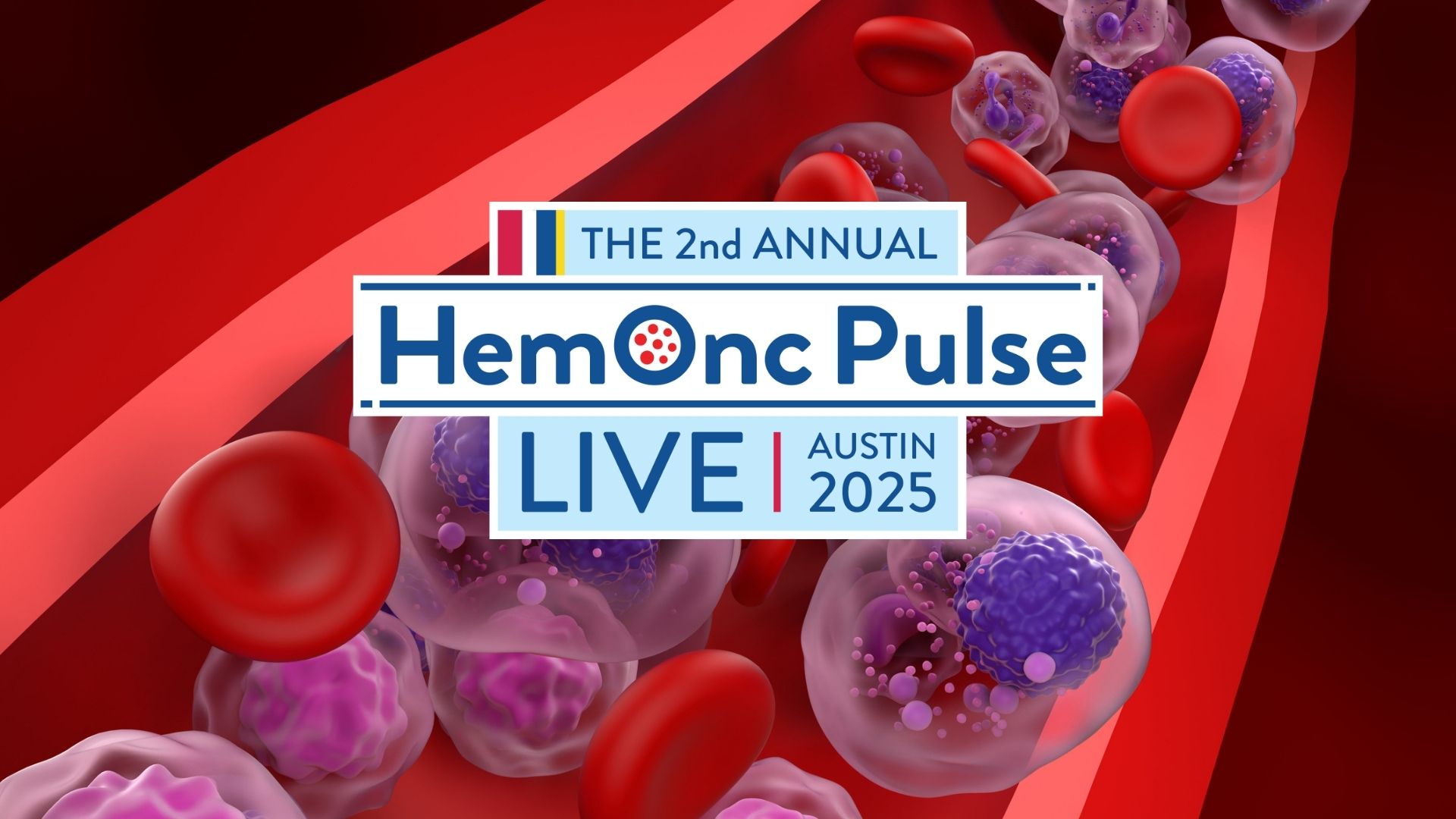
Welcome to the second issue of Blood Cancers Today, where we’re continuing to share stories and updates on data that represent the overall themes and pace of transformation in our field. One area of specific focus is emerging data on the use of cellular therapy or bispecific antibodies across nearly all hematologic malignancies, though with different endpoints and varying degrees of current success. As these options are increasingly finding their way into our standard treatment approaches, several large questions remain for us as a field to answer.
Cure Versus Control
Many of our diseases have been converted from what can be an acute problem into a chronic illness. Under this model, the use of continuous or maintenance therapy has clearly changed the landscape of remission duration and overall survival for diseases such as acute myeloid leukemia, multiple myeloma, chronic lymphocytic leukemia, and indolent lymphomas. But, how do these new immune therapies fit into the model of continuous therapy?
Perhaps these new treatments will build upon the advances of current approaches, with the potential advantage of limiting the duration of treatment by improving sustained depth of response. Incorporating these new approaches into practice needs more than “business as usual.” We need to consider new models and randomized trials that not only seek to improve outcomes, but that allow us to test shorter durations of therapy. We may be able to switch some patients from control to cure, or at least to test the hypothesis that we can cure them.
Cost Considerations
As someone committed to moving the field forward with new agents and targets, cost has not been a primary concern of mine. Still, as we extend the continuous therapy model by adding cellular therapy and bispecific antibodies to treatment, we run the risk of simply adding more expense onto an already expensive treatment paradigm.
When we think about adding these new treatments into our approaches, we also need to explore how to reduce duration to balance cost. (See point 1 above). No one wants to stymie innovation and all these new treatment options are having tangible improvements on the outcomes for patients with blood cancers. But, as we now go from doublets to triplets and quadruplets for induction therapy in myeloma, we need to demonstrate that intensifying therapy is doing more than just changing complete remission rates. We need to press ourselves to focus on the overall treatment paradigm in a way that balances benefit with risk and incorporates cost in a new way. Cost-effectiveness is now typically measured with metrics like quality-adjusted life-years, but we need to start considering how short-term costs could result in long-term savings.
Access
An important lesson we have learned in the current era is that, when the question of access is eliminated, outcomes are equalized among different social and economic groups. Biology becomes the main determinant of outcomes, not zip code. Yet, in the U.S. and globally, access is often the single biggest determinant of outcomes in blood cancers. Given the rapid pace of progress, equitable access to care becomes even more important. Changes in treatment paradigms need to be accessible and educatable. We need to democratize the advances we are making in trials and that we are publishing in practice-changing manuscripts every day to make our colleagues aware of the new treatments and recommendations available, but also to offer our patients equal access to these benefits.
As you read through and learn from the current issue of Blood Cancers Today, take a moment to appreciate all our field has done in such a short time, to marvel at the changes in care we have witnessed during our careers, and to consider how we can each focus on the three points above to continue to improve outcomes for all our patients.






 © 2025 Mashup Media, LLC, a Formedics Property. All Rights Reserved.
© 2025 Mashup Media, LLC, a Formedics Property. All Rights Reserved.